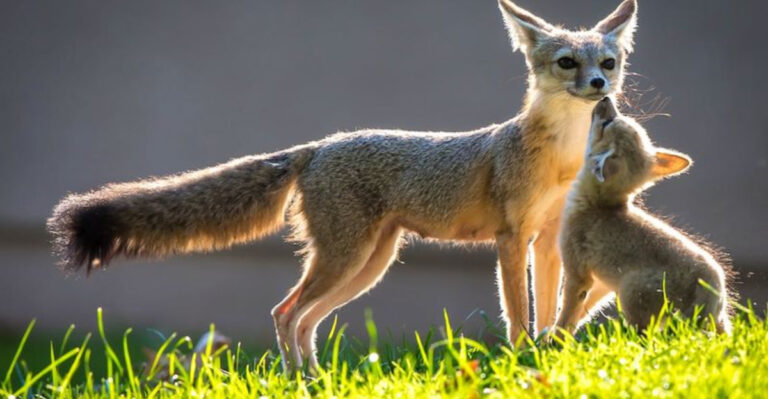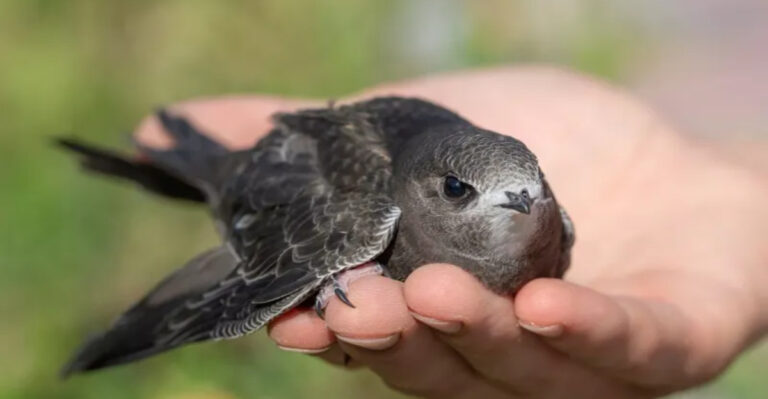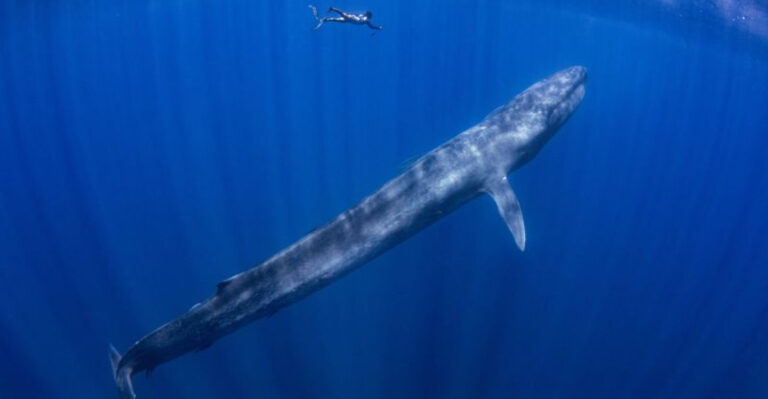20 Endangered Mammals Struggling To Survive In North America
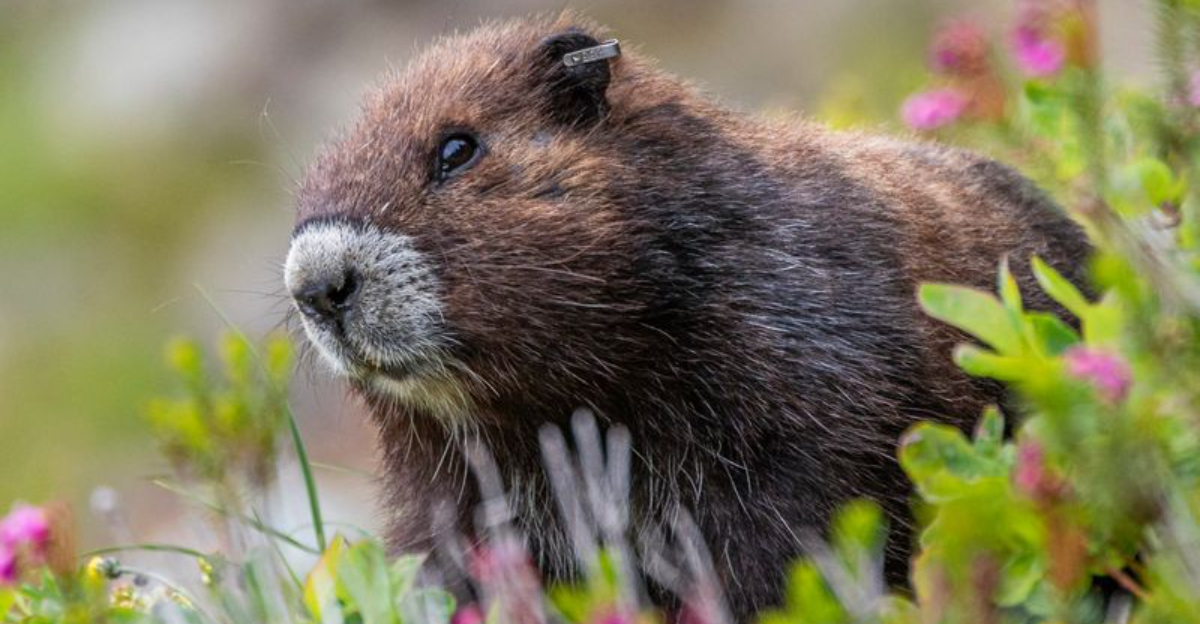
North America is home to some of the most unique and rare mammals, but many are now fighting for survival. From remote forests to sprawling deserts, these species are facing threats ranging from habitat loss to climate change.
In this article, we’ll highlight 20 of the rarest mammals in North America that are currently battling to stay off the endangered list. These incredible creatures play crucial roles in their ecosystems, and their survival depends on our understanding and efforts to protect them.
1. Mount Graham Red Squirrel
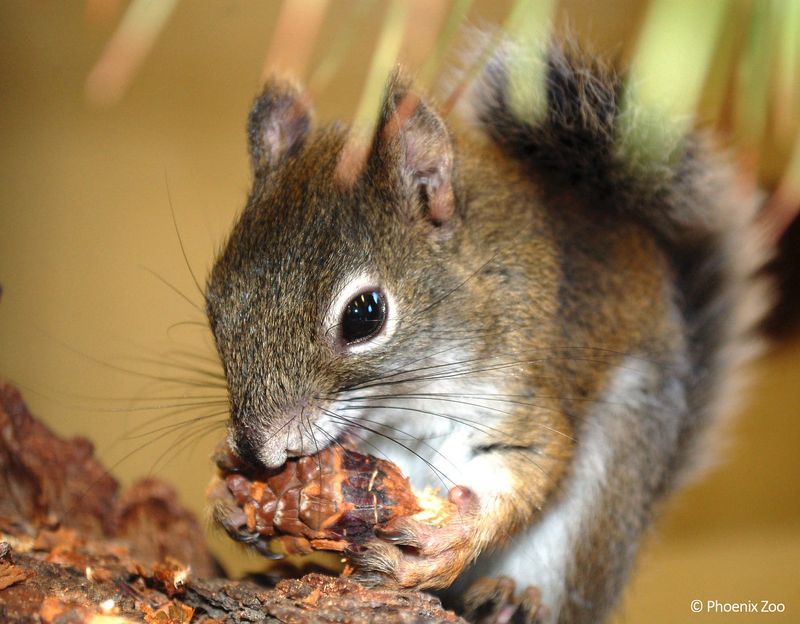
Perched on a pine branch, nibbling on a cone, the Mount Graham Red Squirrel is a charming resident of the Mount Graham forest. Its bushy tail curls gracefully, a signature of its vibrant presence.
This squirrel’s existence is at risk due to habitat loss and competition with other species. Conservationists are working tirelessly to protect this species, emphasizing its role in the ecosystem as a seed disperser.
2. Vaquita

Picture a dolphin with panda-like markings – that’s the vaquita for you! This tiny porpoise, found only in the Gulf of California, is so elusive that even seasoned marine biologists rarely spot one.
Sadly, fewer than 10 remain, making it the rarest marine mammal on the planet. Conservationists are racing against time to protect these creatures from illegal fishing nets.
3. Florida Panther
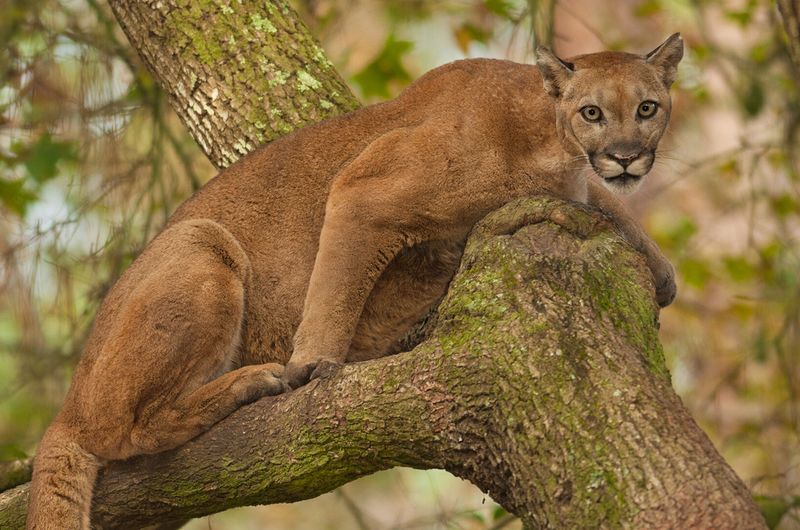
The Florida Panther isn’t just a sports team; it’s a real-life big cat prowling the southern swamps. With fewer than 200 left, these panthers navigate an intricate network of highways and urban sprawl.
They’re nature’s stealthy ghosts, rarely seen but an emblem of wild Florida.
4. Black-Footed Ferret
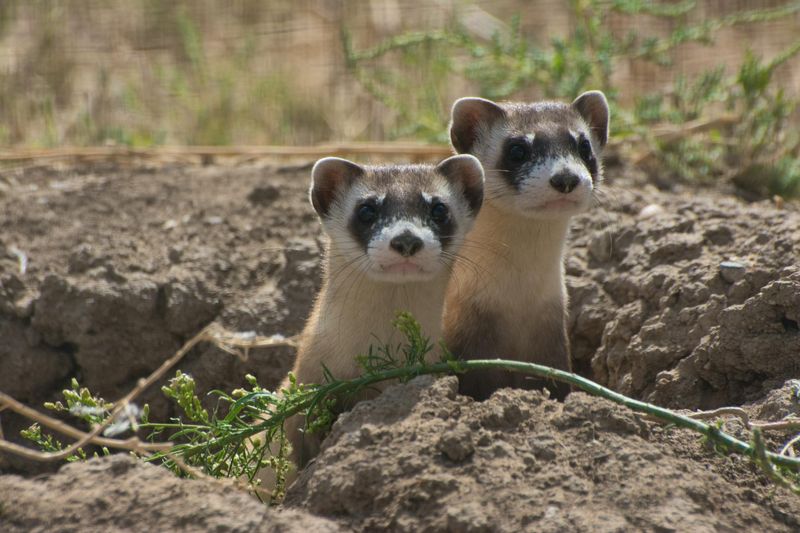
Guess who’s the prairie dog’s best frenemy? The black-footed ferret! Thought extinct until rediscovered in 1981, this masked bandit is making a cautious comeback in the grasslands.
With sharp eyes and a playful demeanor, ferrets depend heavily on prairie dogs for survival. Their story is a testament to resilience and the power of second chances.
5. Red Wolf
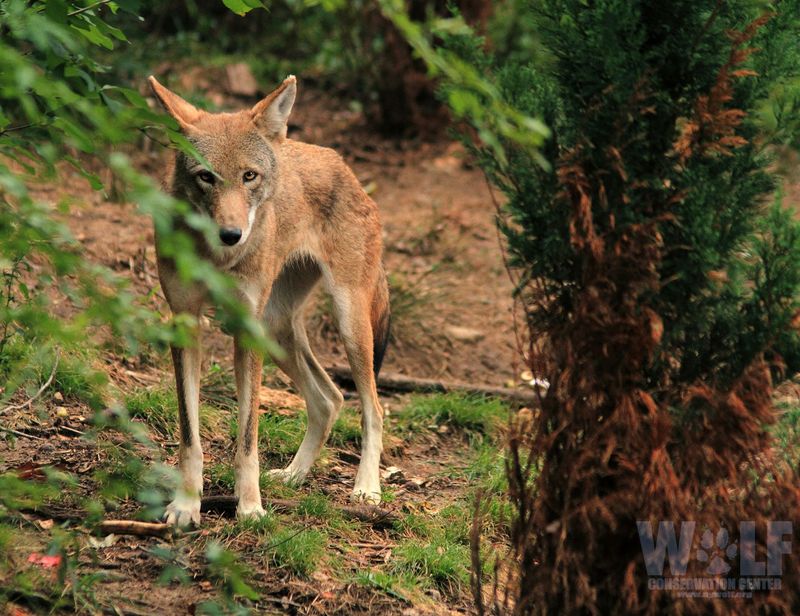
In the eastern forests, the red wolf embodies a blend of mystery and myth. These wolves, once extinct in the wild, have been reintroduced but remain critically endangered.
With their striking russet coats, they cut elegant figures against the southern landscapes.
Efforts are underway to bolster their numbers, with the hope that these vocal canines can howl proudly across their historic range once more.
6. American Bison (Wood Bison)
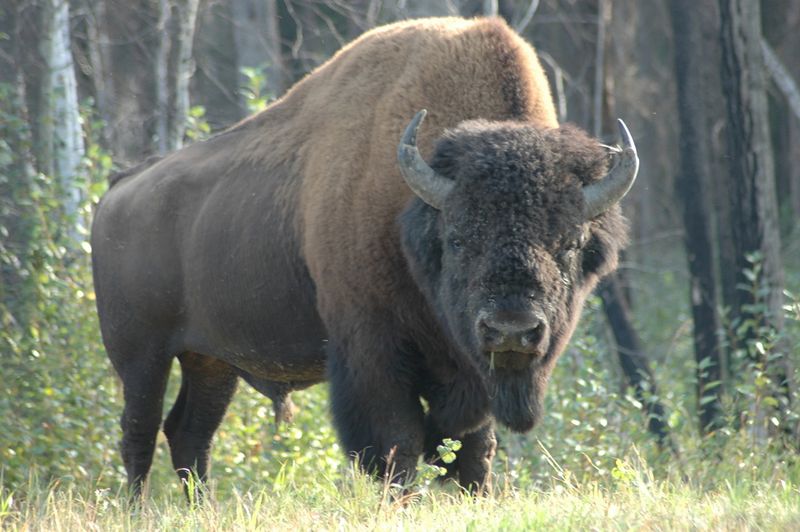
The American Bison is more than just a symbol; it’s a living, breathing relic of the plains, with the wood bison as its shyer cousin.
Once roaming in vast herds, wood bison now find refuge in the remote northern forests. They stand as a testament to North America’s wild past.
7. Key Deer
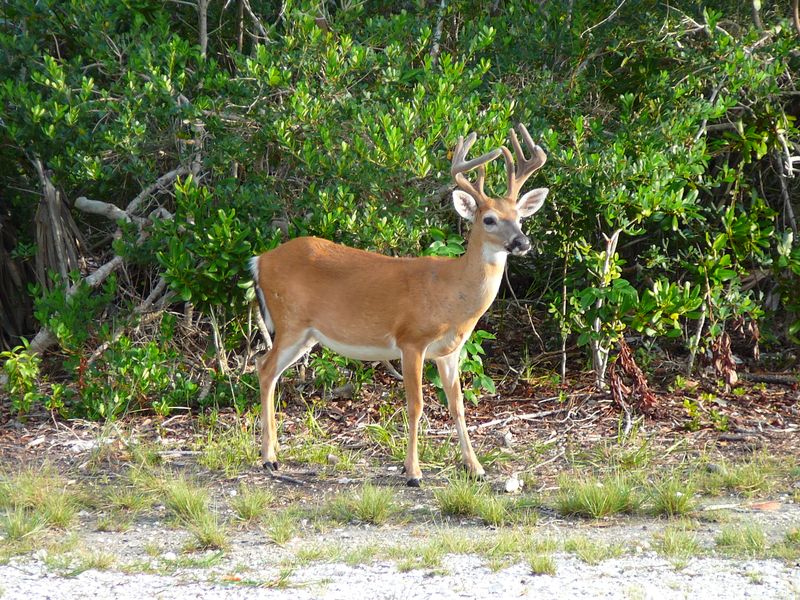
Imagine deer with the spirit of a tropical islander—that’s the Key deer for you! These pint-sized deer call the Florida Keys their home, gracefully trotting through mangroves.
With cars posing a significant threat, these deer face daily survival challenges. Conservation measures are in place to protect these charismatic creatures, ensuring they continue to thrive in their island paradise.
8. Ocelot
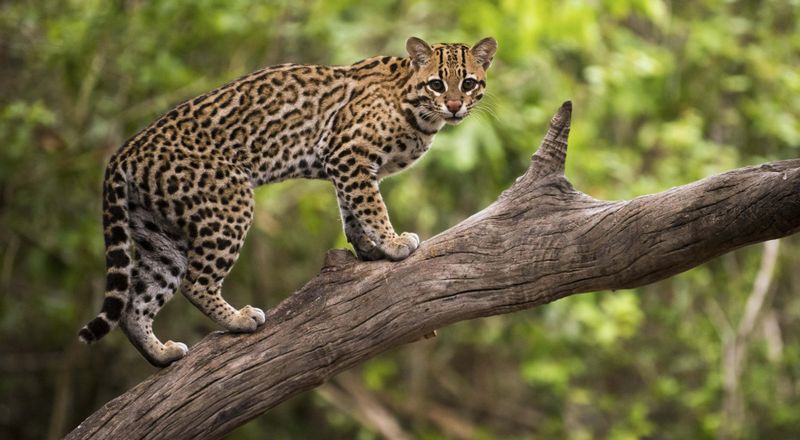
The ocelot, with its mesmerizing coat of spots and stripes, prowls the dense brush of southern Texas. Rare and reclusive, these cats are masters of camouflage, slipping through the shadows with grace.
Their population is dwindling due to habitat loss, but efforts to conserve their environment are in full swing. These miniature leopards remind us of the beauty and fragility of the wild.
9. Vancouver Island Marmot
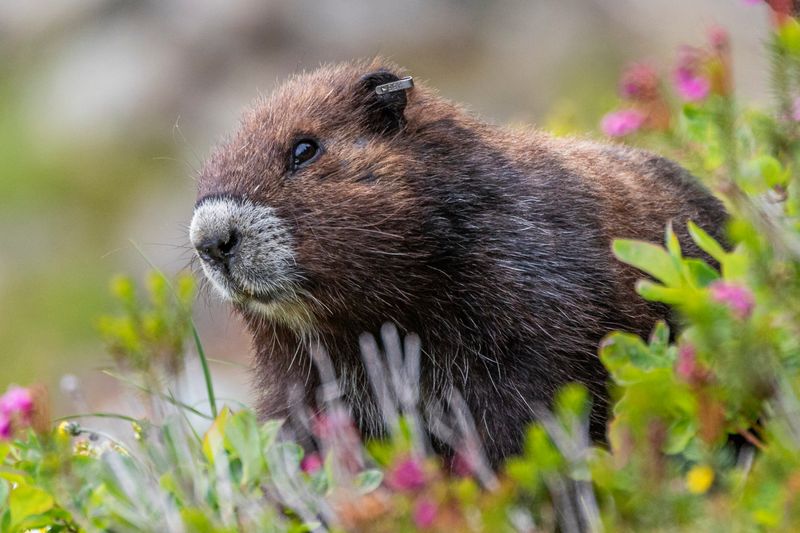
Up in the alpine meadows of Vancouver Island, a plump marmot whistles a warning. This marmot is one of the rarest in the world, with fewer than 200 left in the wild.
Known for their curious nature and social skills, they thrive in the mountainous terrain.
With dedicated recovery programs, these marmots are a symbol of hope for conservationists committed to restoring their populations.
10. San Joaquin Kit Fox
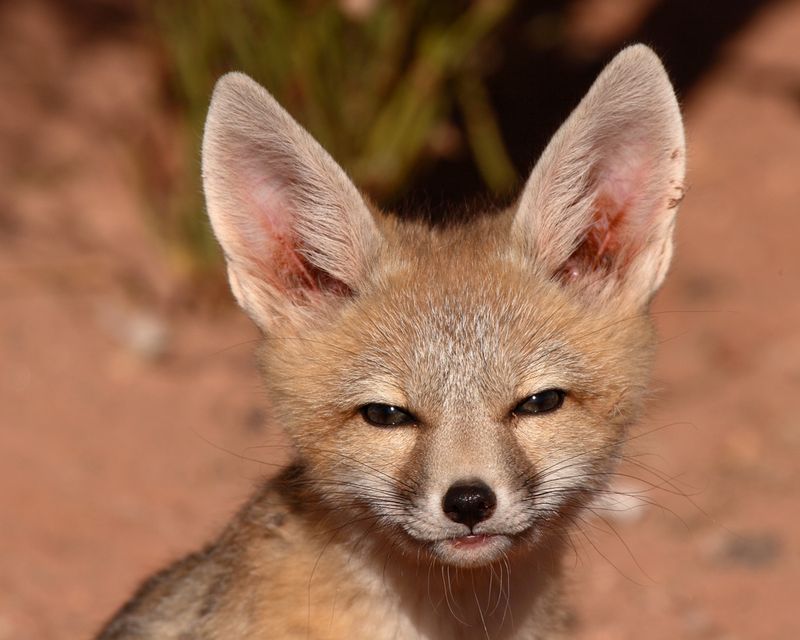
Meet the San Joaquin kit fox, a pint-sized predator with oversized ears and boundless energy. Endemic to the dry valleys of California, these foxes are experts at living life on the edge.
Urban development is encroaching on their habitat, but conservationists are working to protect their dwindling populations.
Their adaptability and charm make them vital ambassadors for the fragile ecosystem.
11. Sonoran Pronghorn
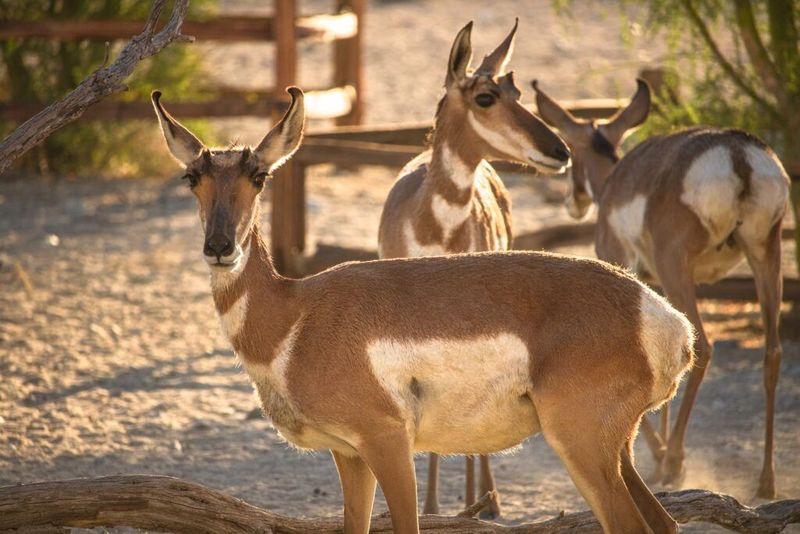
Imagine the elegance of a deer combined with the speed of a cheetah—that’s the Sonoran pronghorn for you! This desert-dwelling speedster is one of the fastest land animals in North America.
It faces threats from habitat fragmentation and water scarcity. Recovery efforts aim to bolster their numbers, ensuring this graceful runner continues to roam the arid landscapes of the Southwest.
12. American Marten
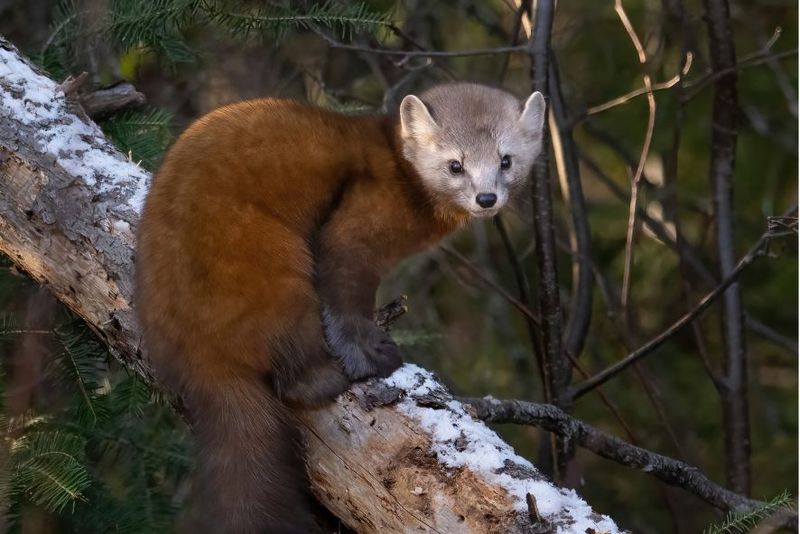
In the northern woods, the American marten plays a game of hide-and-seek with the forest. These agile climbers have luxurious fur and a curious look.
They thrive in old-growth forests, but logging has posed a significant threat.
Conservation is focused on preserving their habitat, ensuring these small predators can keep weaving through the pines, like wily escape artists of the wilderness.
13. Jaguarundi
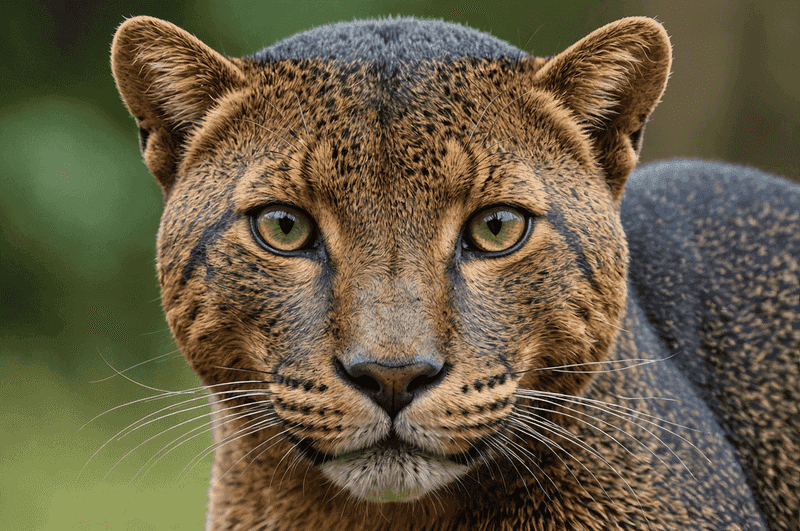
With a body like a weasel and a face like a cat, the jaguarundi is a creature of intrigue. Native to southern Texas and parts of Central America, these cats are elusive and rarely seen.
They navigate both forests and scrublands with ease, but habitat loss threatens their survival.
Conservationists are striving to understand their needs better, ensuring these unique cats continue to slink through the shadows.
14. Sierra Nevada Red Fox
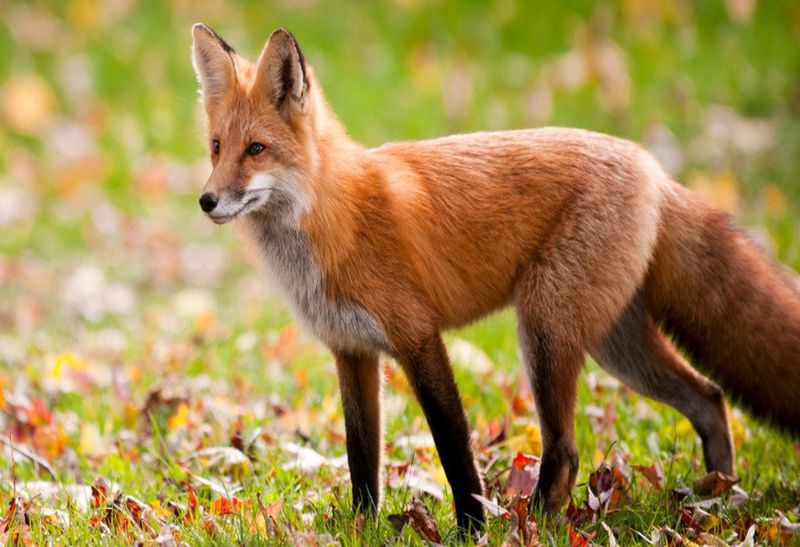
High in the Sierra Nevada mountains, a rare red fox surveys its snowy domain. These red foxes are adapted to harsh alpine environments, showcasing nature’s creativity.
With only a few dozen left in certain areas, they’re some of the rarest foxes around. Efforts are underway to monitor their habitats and ensure these cunning survivors continue thriving in their icy homes.
15. Salt Marsh Harvest Mouse
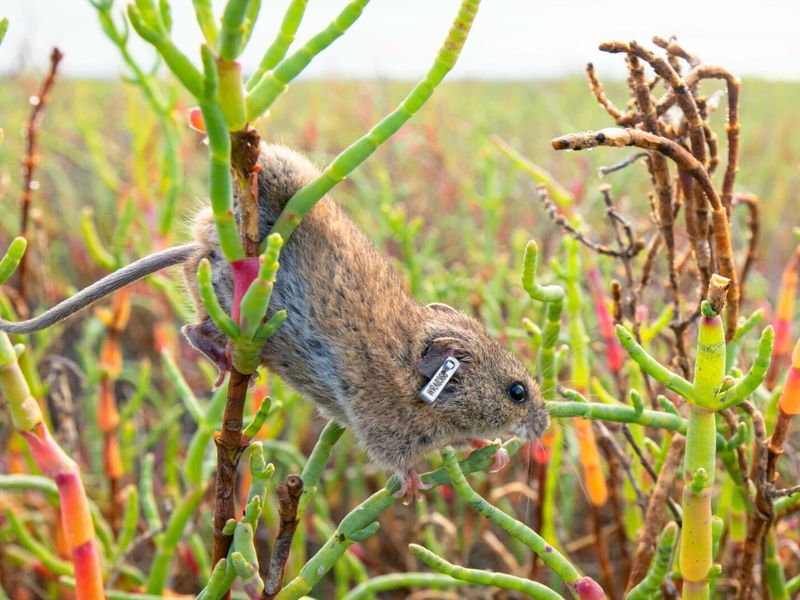
Imagine a mouse that calls California’s salt marshes home. This tiny critter, the salt marsh harvest mouse, cleverly navigates its watery world. It’s an indicator of the health of its fragile ecosystem.
However, urban expansion and rising sea levels pose significant threats. Conservation efforts are crucial to ensure these mice continue to dart through the marshes, playing their vital ecological roles.
16. Mexican Wolf
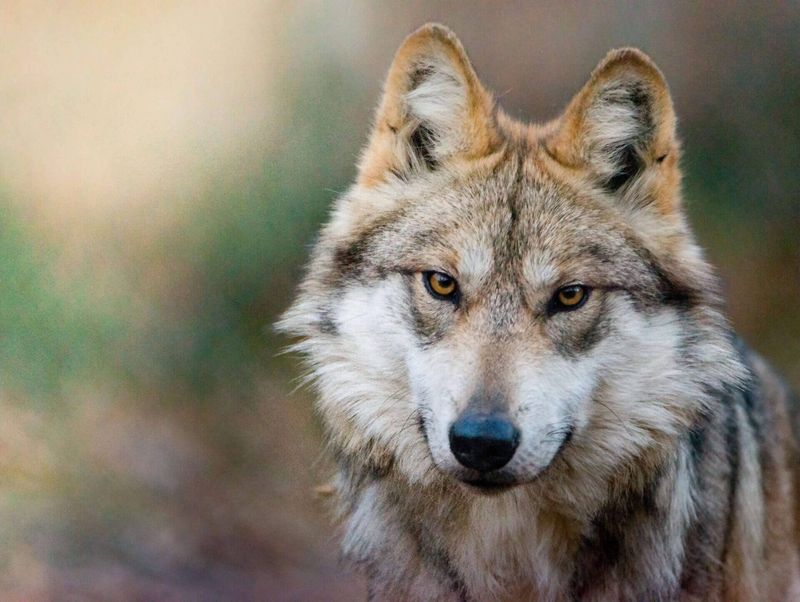
The Mexican Wolf, with its piercing eyes and thick fur, embodies resilience amidst adversity. Roaming rocky terrains, it is a symbol of strength. Once nearly wiped out, reintroduction programs have helped their numbers grow, yet they remain one of the rarest mammals in North America.
Facing threats from illegal hunting and habitat loss, these wolves’ survival depends on continued protection and advocacy.
17. American Pika
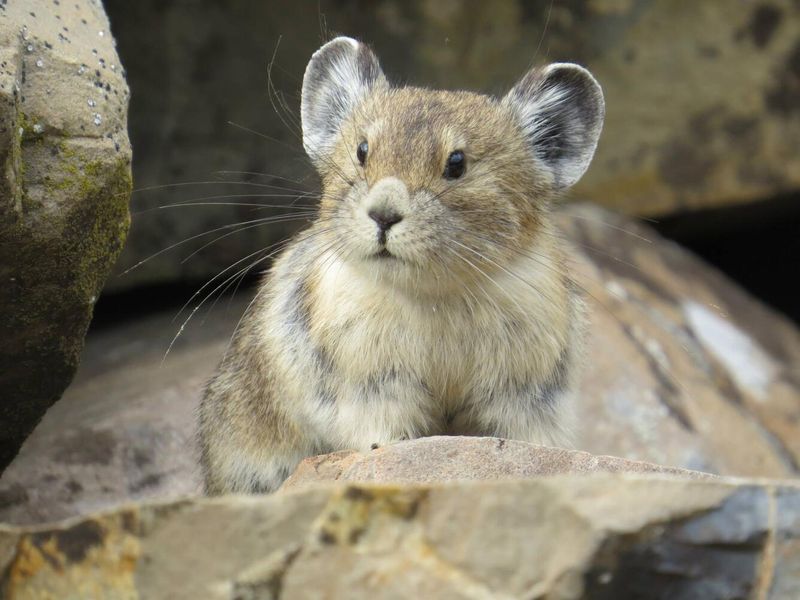
The American pika, a small furball with big ears, scampers across rocky slopes, gathering food for winter. Found in cooler, mountainous areas, these animals are sensitive to climate change.
As temperatures rise, pikas must adapt or face decline. Conservation strategies focus on protecting their alpine habitats, ensuring these tiny foragers continue their mountain adventures.
18. Hawaiian Monk Seal
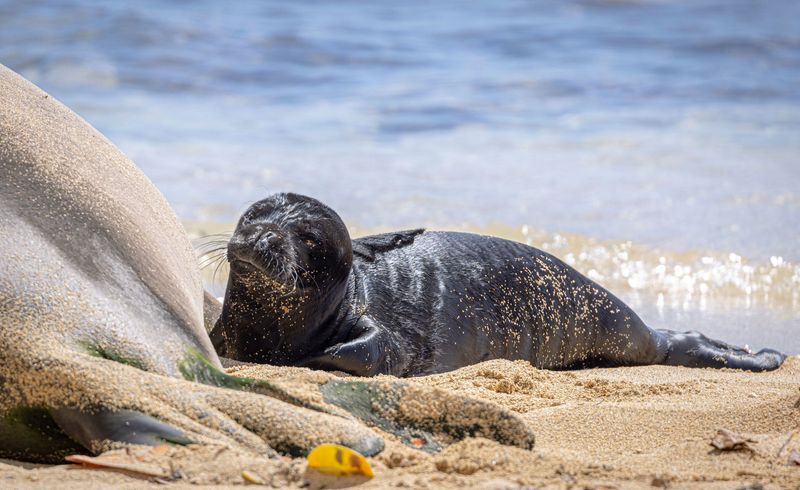
Basking on Hawaiian beaches, the monk seal seems like it has it all. But these seals face threats from human interaction and environmental changes.
As one of the few marine mammals native to Hawaii, they’re vital to the ecosystem. Their story is a call for awareness and action.
19. Allen’s Big-Eared Bat
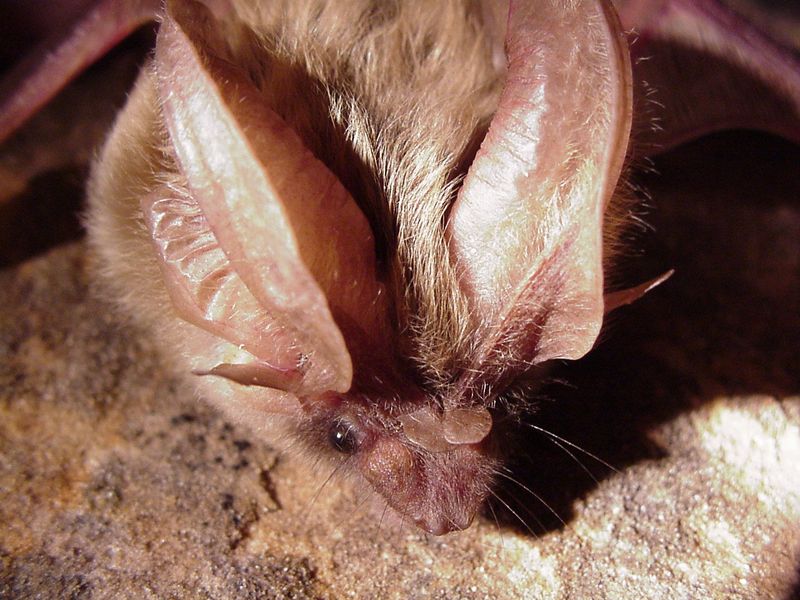
In the cool shadows of limestone caves, Allen’s Big-eared Bat finds its respite. Known for its distinctive, oversized ears, this bat is not just another nocturnal creature. Its echolocation abilities are finely tuned, allowing it to navigate the darkest of nights.
Unfortunately, habitat disturbances and human encroachment threaten its tranquil roosts. Protecting the caverns they call home is crucial for their survival. These bats are an essential part of the ecosystem, controlling insect populations naturally.
20. Spotted Skunk
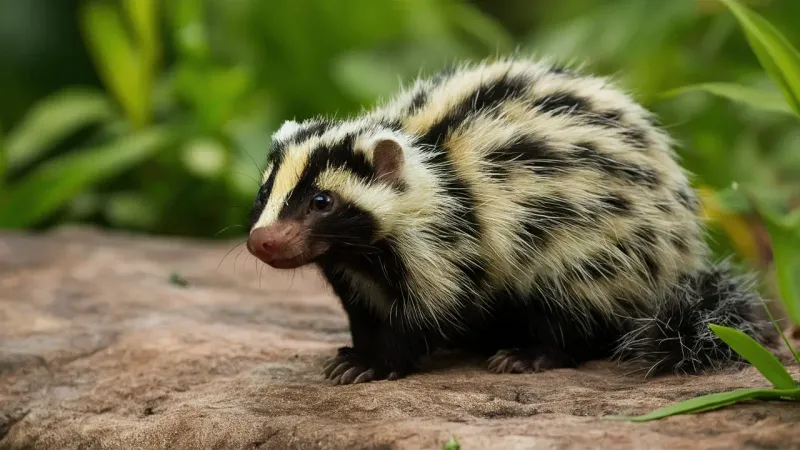
With a flair for the dramatic, the Spotted Skunk stands out with its unique defense mechanism. When threatened, it performs a remarkable handstand, displaying its bold black and white stripes. This acrobatic feat serves as a warning to potential predators.
Spotted Skunks face declining numbers due to habitat loss and road mortality. Their presence is vital for controlling pest populations, yet they remain misunderstood and often maligned.
21. How Conservation Efforts Are Making A Difference For North America’s Rarest Mammals
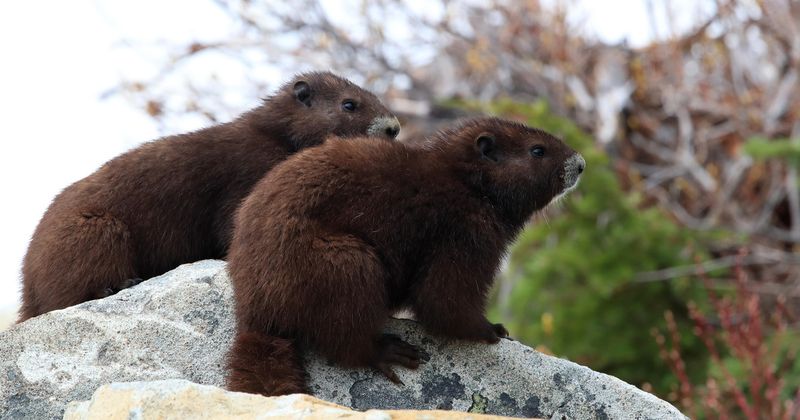
Conservation efforts have made notable strides in preserving endangered species through habitat restoration, breeding programs, and legal protections. Organizations and governments are working together to create wildlife corridors, enforce anti-poaching laws, and rehabilitate ecosystems to ensure these mammals have a chance to thrive.
Thanks to these efforts, species that were once on the brink of extinction are slowly making comebacks, showing that with proper intervention, it’s possible to reverse some of the damage. However, the fight is ongoing, and continued support for conservation programs is essential.
22. What Can We Do To Help Protect Rare Mammals In North America?
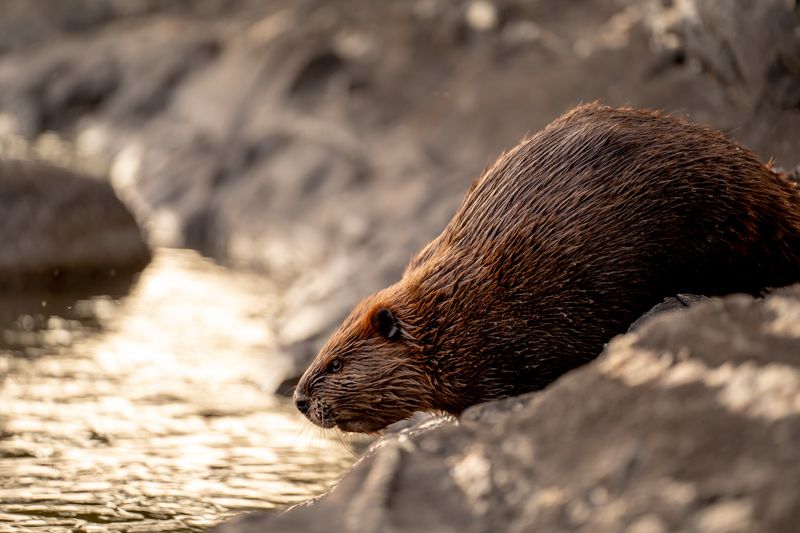
Protecting rare mammals requires collective action, from supporting conservation organizations to advocating for policies that preserve natural habitats. Educating ourselves and others about these species’ struggles is crucial, as public awareness often leads to greater support for protective measures.
Simple actions, like reducing carbon footprints and avoiding products that contribute to habitat destruction, can also have a significant impact. Additionally, volunteering with wildlife organizations or donating to initiatives focused on mammal conservation can directly help these species survive.



